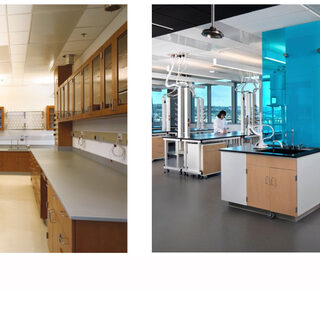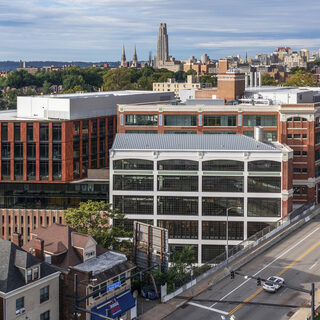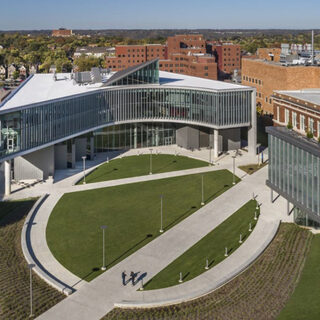Tradeline's industry reports are a must-read resource for those involved in facilities planning and management. Reports include management case studies, current and in-depth project profiles, and editorials on the latest facilities management issues.
Latest Reports
How Cornell Tech Built an Inclusive Maker Space in New York City
Cornell Tech’s MakerLAB on Roosevelt Island, N.Y., is more than doubling in size after just five years, drawing makers from seven graduate programs, doctoral students, and the city at large.
Increasing Space Utilization and Occupancy Density in Research Facilities
Learn how Merck & Co., Inc., Rahway, N.J., U.S.A., created a highly efficient research facility by employing design strategies—an open, flexible floorplan and shared core facilities—as well as operational functions, including just-in-time delivery of materials and integrated science groups. The result is a less siloed, more collaborative environment.
Adaptive Reuse of Historic Industrial Building Helps an Urban University Keep Growing
The University of Pittsburgh formed a public-private partnership to repurpose a 1915 Ford Motor factory into biomedical research center. The project satisfies many objectives in the university’s master plan, as a multipurpose, multitenant, interdisciplinary facility that seeks creates synergies and efficiency.
How Generative AI Will Impact the Design of Future Science and Research Facilities
Generative AI technologies like ChatGPT and DALL-E are expected to dramatically impact the design of science and research facilities by expediting creative ideation, improving process efficiency, and driving scientific innovation. To clear up some of the common misconceptions and learn how facility designers are actually using AI in the real world, Tradeline interviewed a cross-section of industry-leading professionals who specialize in science and research facilities to find out if—and how—they’re using AI technologies and what they see as some of the potential risks and benefits.
Health Sciences Building Aims to Foster Bodies and Spirits as Well as Minds
The University of Cincinnati’s College of Allied Health Sciences designed a classroom building that lives up to its name, one that promotes the health and well-being of students and faculty, with ample natural light, healthy eating options, and spaces for quiet respite.





